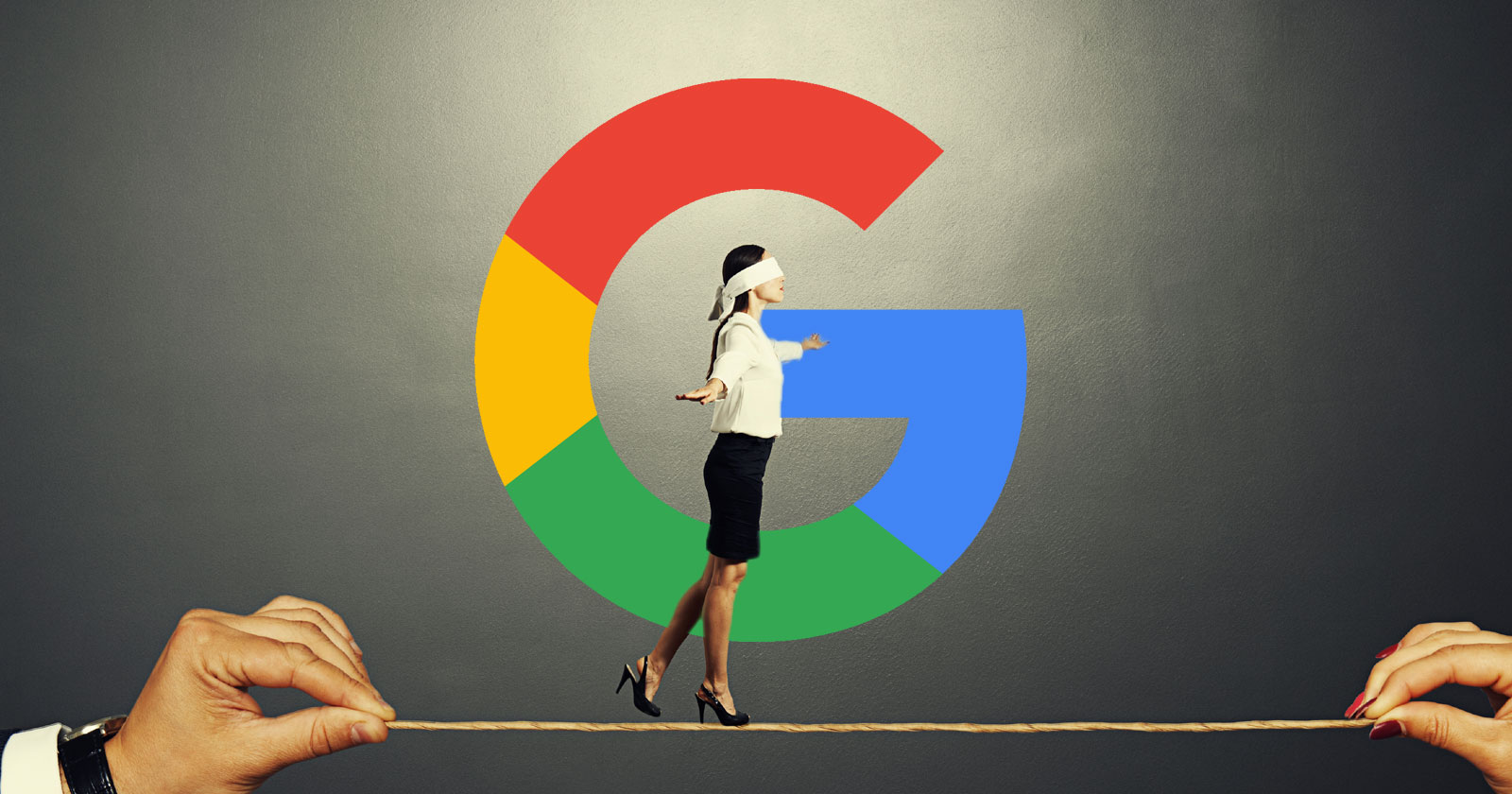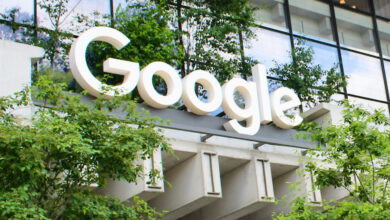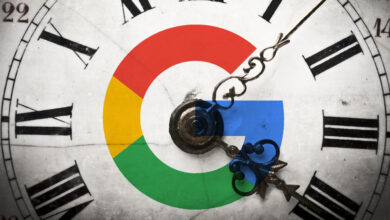Google’s Updated Raters Guidelines Target Fake EEAT Content
A major update to Google’s Search Quality Raters Guidelines (QRG) clarifies and expands on multiple forms of deception that Google wants its quality raters to identify. This change continues the trend of refining the guidelines so that quality raters become better at spotting increasingly granular forms of quality issues.
TL/DR
Authenticity should be the core principle for any SEO and content strategy.
Quality Guidelines Section 4.5.3
Section 4.5.3 has essentially been rewritten to be clearer and easier to understand but most importantly it has been expanded to cover more kinds of deception. One can speculate that the quality raters weren’t overlooking certain kinds of website deception and that these changes are addressing that shortcoming. This could also signal that Google’s algorithms may in the near future become more adept at spotting the described kinds of deception.
The change in the heading of section 4.5.3 reflects the scope of the changes, with greater detail over the original version.
The section title changed from this:
4.5.3 Deceptive Page Purpose and Deceptive MC Design
To this:
“4.5.3 Deceptive Page Purpose, Deceptive Information about the Website, Deceptive Design”
The entire section was lightly rewritten and reorganized for greater clarity. It’s not necessarily a new policy but rather a more detailed and nuanced version of it, with a few parts that are brand new.
Deceptive Purpose
The following is a new paragraph about deceptive purpose:
“Deceptive purpose:
● A webpage with deliberately inaccurate information to promote products in order to make money from clicks on monetized links. Examples include a product recommendation page on a website falsely impersonating a celebrity blog, or a product recommendation based on a false claim of personal, independent testing when no such testing was conducted.”
Google very likely has algorithmic signals and processes to detect and remove sites with these kinds of deceptive content. While one wouldn’t expect that a little faking would be enough to result in a sudden drop in rankings, why take the chance? It’s always the safest approach to focus on authenticity.
To be clear, the focus of this section isn’t just about putting fake information on a website but rather it’s about deceptive purpose. The opposite of a deceptive purpose is a purpose rooted in authenticity, with authentic intent.
Deceptive EEAT Content
There is now a brand new section that is about fake EEAT (Expertise, Experience, Authoritativeness, and Trustworthiness) content on a website. A lot of SEOs talk about adding EEAT to their web pages but the fact is that EEAT is not something that one adds to a website. EEAT is a quality of a website that’s inherent in the overall experience of researching a site, learning about a site, and in the process of consuming the content, which can result in signals that site visitors may generate about a website.
Here’s the guidance about fake EEAT content:
“● A webpage or website with deceptive business information. For example, a website may claim to have a physical “brick and mortar” store but in fact only exists online. While there is nothing wrong with being an online business, claiming to have a physical “brick and mortar” (e.g. fake photo, fake physical store address) is deceptive.
● A webpage or website with “fake” owner or content creator profiles. For example, AI generated content with made up “author” profiles (AI generated images or deceptive creator descriptions) in order to make it appear that the content is written by people.
● Factually inaccurate and deceptive information about creator expertise. For example, an author or creator profile inaccurately claims to have credentials or expertise (e.g. the content creator claims falsely to be a medical professional) to make the content appear more trustworthy than it is.”
Deceptive Content, Buttons, And Links
The new quality raters guidelines also goes after sites that use deceptive practices to get users to take actions they didn’t intend to. This is an extreme level of deception that shouldn’t be a concern to any normal site.
The following are additions to the section about deceptive design:
“● Pages with deceptively designed buttons or links . For example, buttons or links on pop ups, interstitials or on the page are designed to look like they do one thing (such as close a pop up) but in fact have a different result which most people would not expect, e.g. download an app.
● Pages with a misleading title or a title that has nothing to do with the content on the page. People who come to the page expecting content related to the title will feel tricked or deceived.”
Takeaways
There are three important takeaways from the updates to section 4.5.3 of Google’s Search Quality Raters Guidelines:
1. Expanded Definition Of Deceptive Purpose
- Section 4.5.3 now explicitly includes new examples of deceptive page intent, such as fake endorsements or falsified product testing.
- The revision emphasizes that deceptive purpose goes beyond misinformation—it includes misleading motivations behind the content.
2. Focus On Deceptive EEAT Content
- A new subsection addresses deceptive representations of EEAT, including:
- Fake business details (e.g. pretending to have a physical store).
- Made-up author profiles or AI-generated personas.
- False claims of creator expertise, such as unearned professional credentials.
3. Deceptive Design and UI Practices
The raters guidelines calls attention to manipulative interface elements, such as:
- Buttons that pretend to close popups but trigger downloads instead.
- Misleading page titles that don’t match the content.
Google’s January 2025 update to the Search Quality Raters Guidelines significantly expands how raters should identify deceptive web content. The update clarifies deceptive practices involving page purpose, false EEAT (Expertise, Experience, Authoritativeness, Trustworthiness) content, and misleading design elements. The purpose of the update is to help raters to better recognize manipulation that could mislead users or inflate rankings and could indicate the kinds of low quality that Google is focusing on.
Featured Image by Shutterstock/ArtFamily




